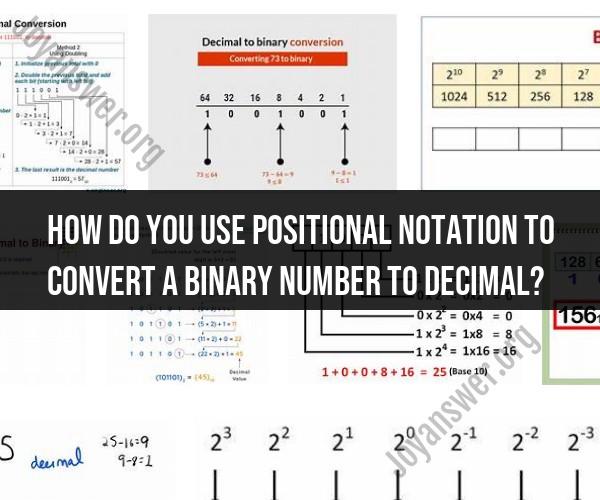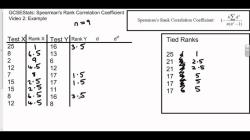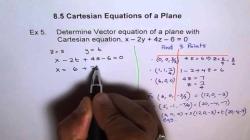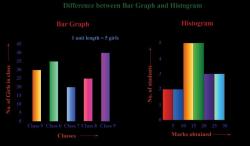How do you use positional notation to convert a binary number to decimal?
Converting Binary to Decimal: Using Positional Notation
Converting a binary number to its decimal equivalent involves using positional notation, where each digit in the binary number represents a power of 2. Here's how you can do it:
Step 1: Write Down the Binary Number
Start by writing down the binary number you want to convert to decimal. For example, let's take the binary number 10110.
Step 2: Assign Powers of 2
Assign a power of 2 to each digit in the binary number, starting from the rightmost digit and increasing by one for each subsequent digit. In our example, the rightmost digit (0) is assigned the power of 2^0 (which is 1), the next digit (1) is assigned the power of 2^1 (which is 2), and so on.
Step 3: Calculate the Decimal Equivalent
Multiply each digit by its corresponding power of 2 and add up the results. In our example:
(1 * 2^4) + (0 * 2^3) + (1 * 2^2) + (1 * 2^1) + (0 * 2^0) = 16 + 0 + 4 + 2 + 0 = 22
Step 4: Result
The decimal equivalent of the binary number 10110 is 22.
Using positional notation and the powers of 2, you can convert any binary number to its decimal equivalent.













